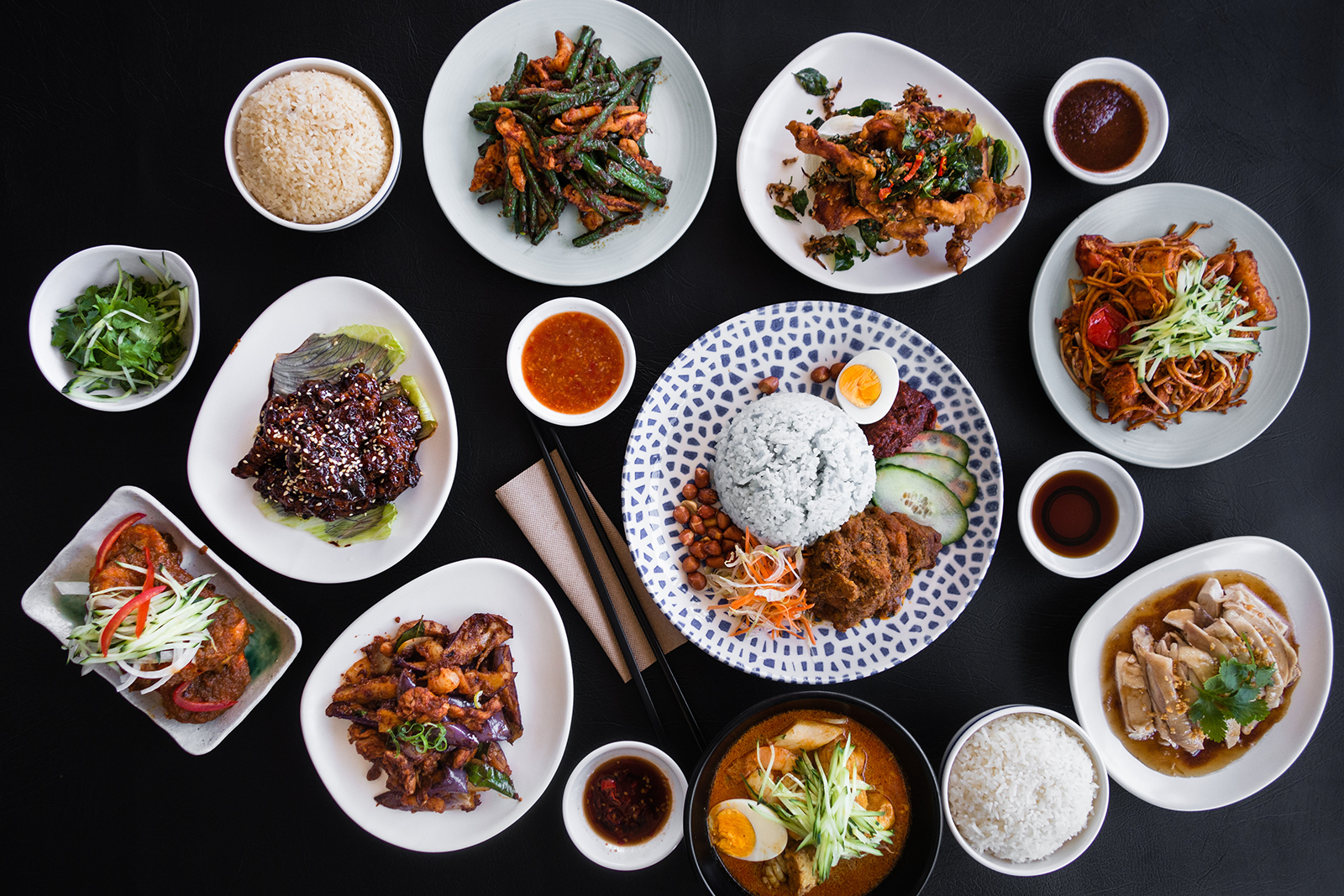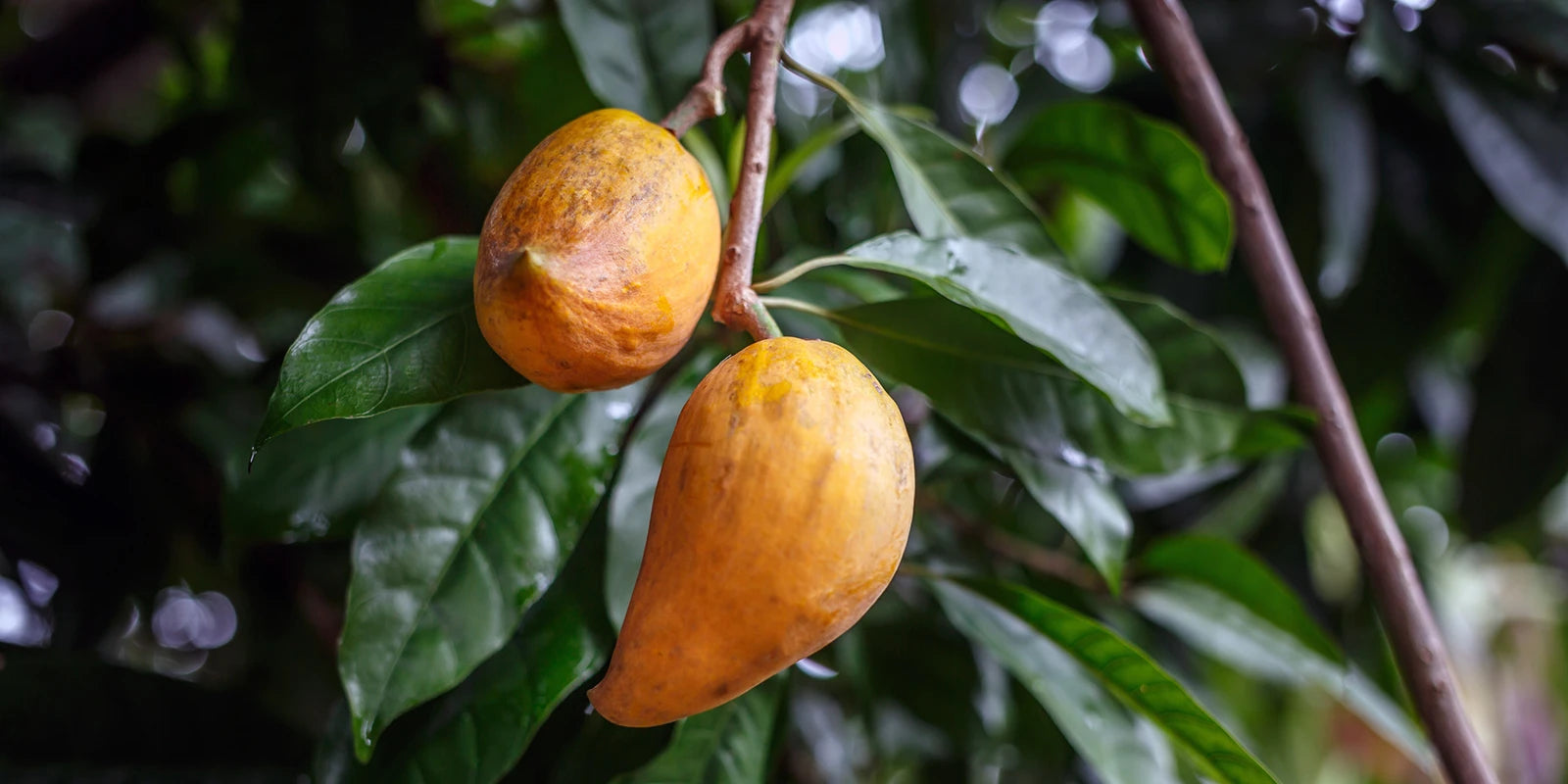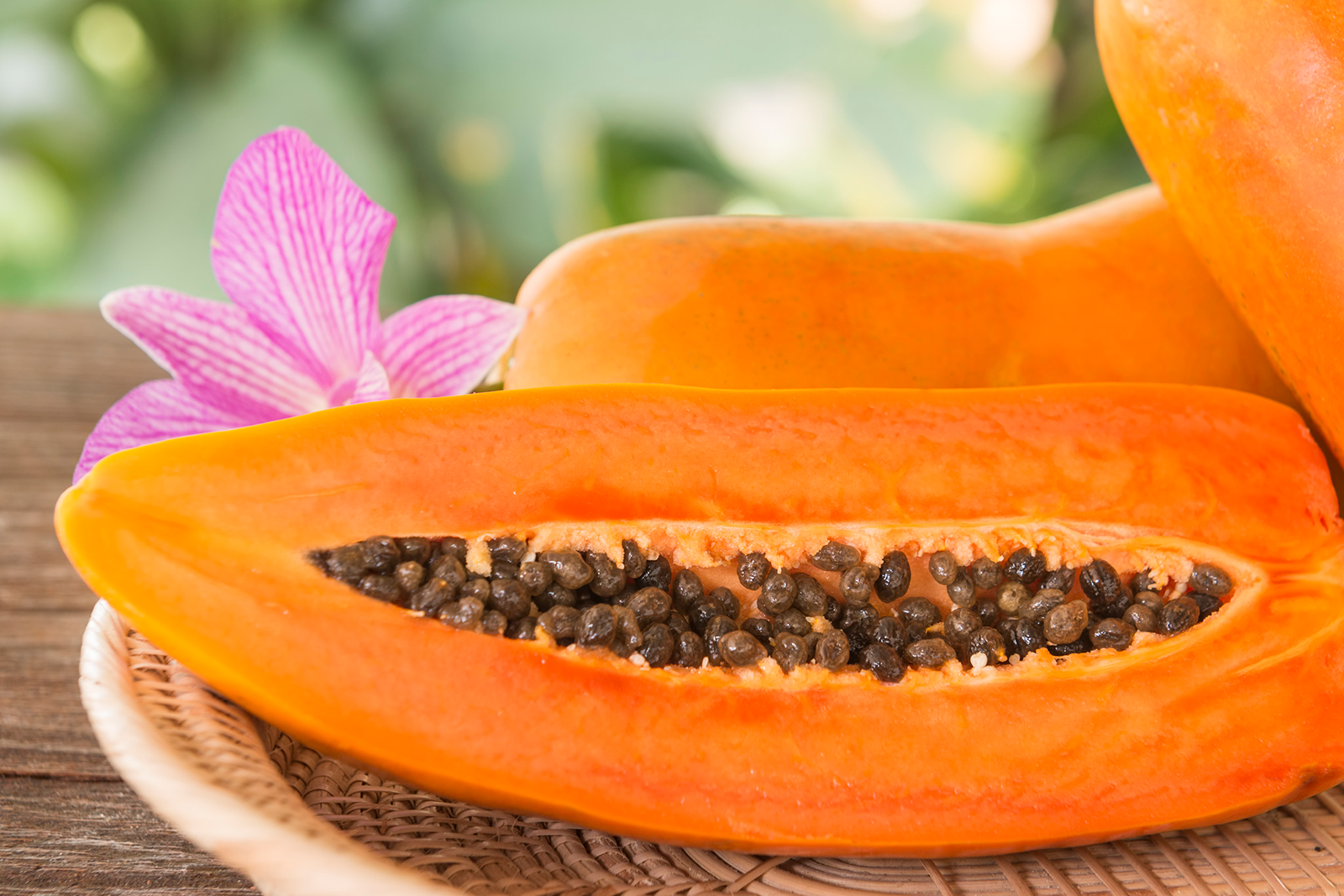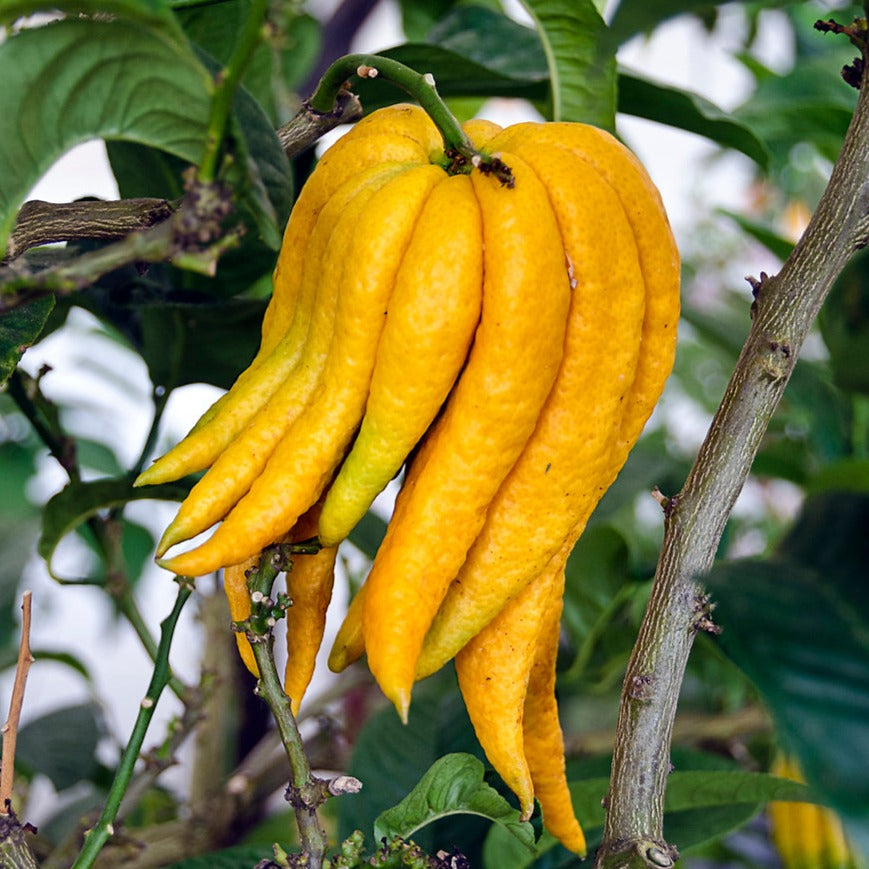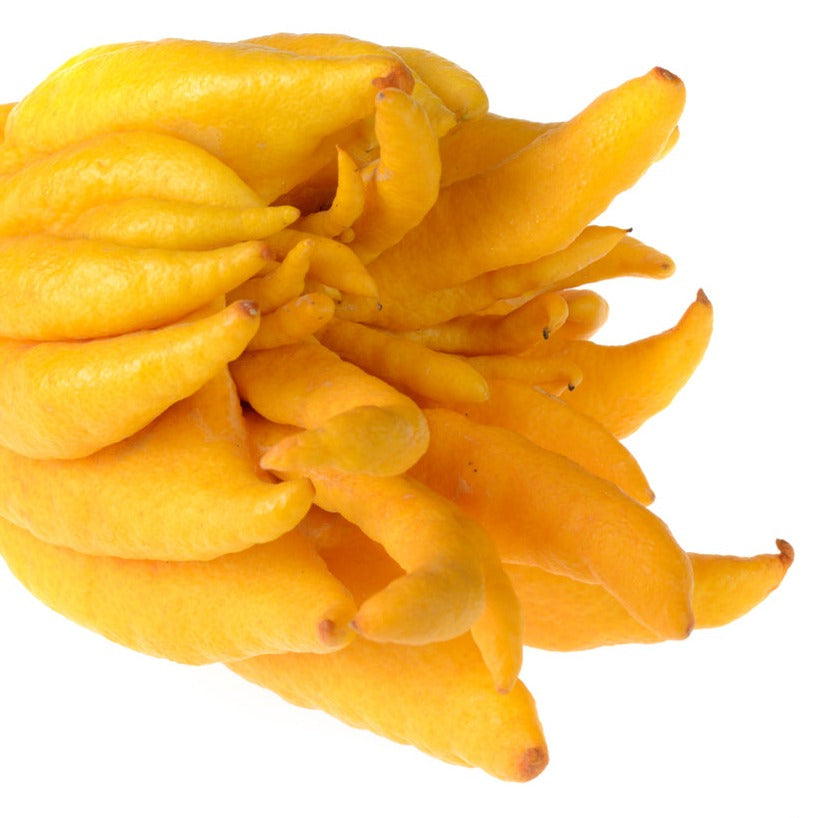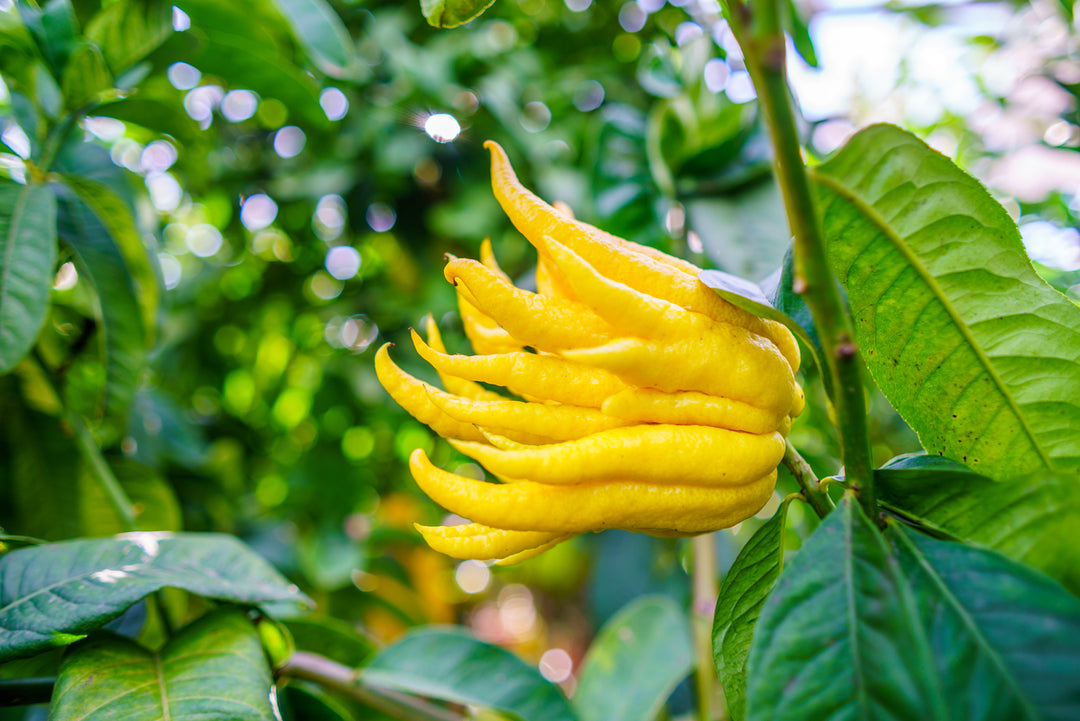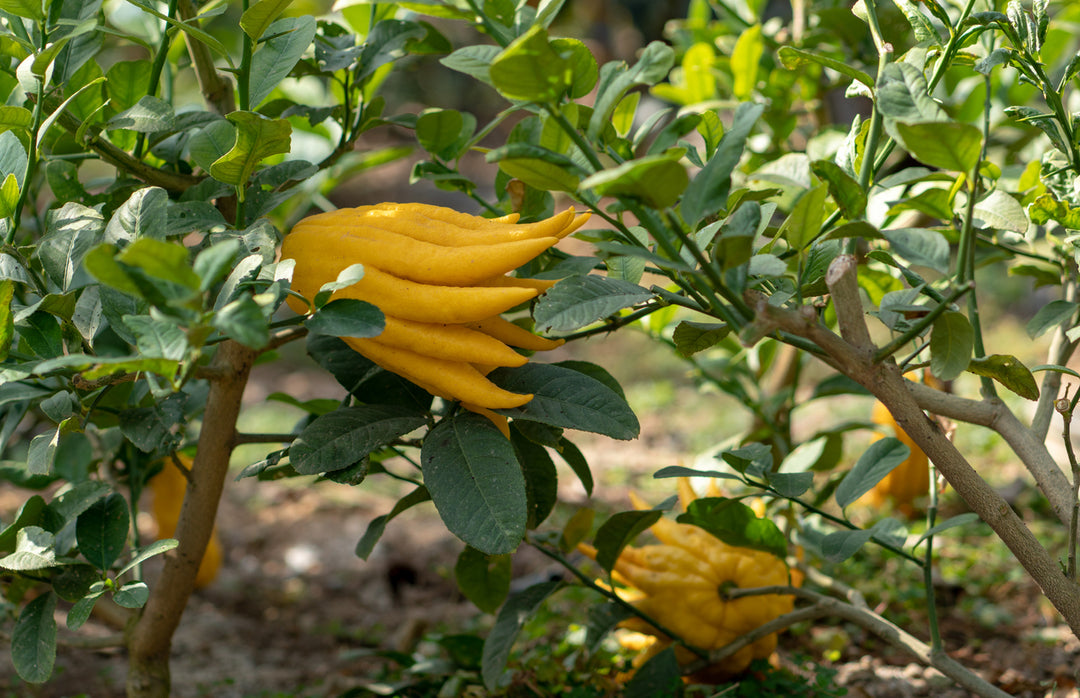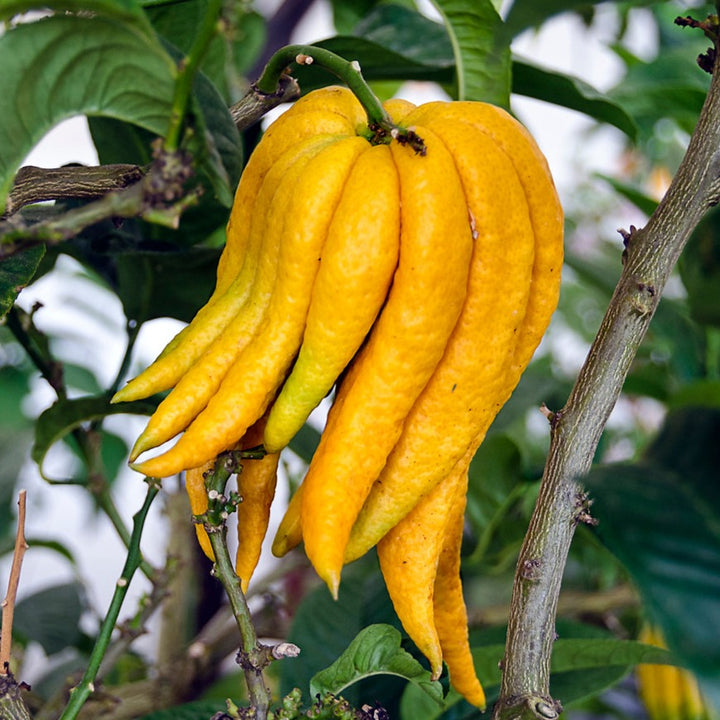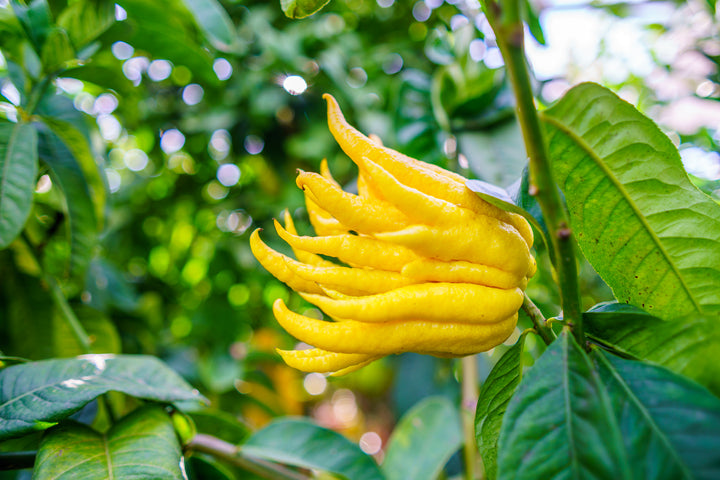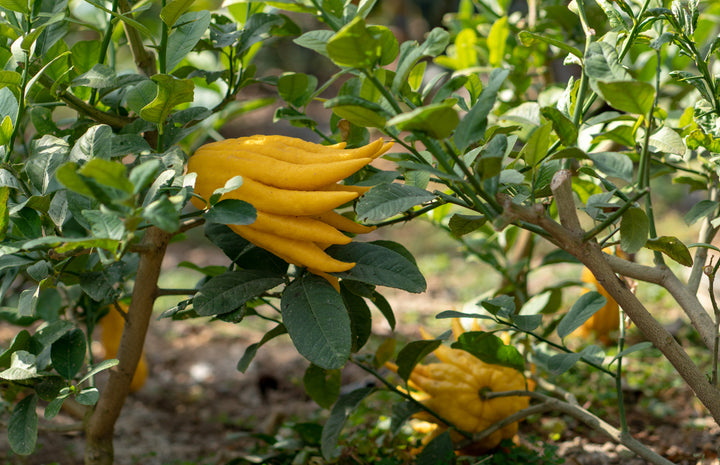Buddha's Hand - Matured and Grafted
Buddha's Hand (Citrus medica var. sarcodactylis)
*Most of the plants are currently flowering, some with teeny fruit on.
The Buddha's Hand or as its commonly known as the Fingered Citron is cultivated as an ornamental plants, perfect if your space is limited as this plants love being in a pot.
In China, the Buddha's hand fruit is a symbol of happiness, longevity, and good fortune. It is also a traditional temple offering and a New Year's Gift. The shape of the plant is so unique making it a testament to your beautiful garden.
Unlike other citrus fruits, most varieties of the Buddha's hand fruit contain no pulp or juice. Though esteemed chiefly for its "exquisite form and aroma", the Buddha's hand fruit can also be eaten (often as a zest or flavouring) in desserts, savory dishes, and alcoholic beverages (such as vodka or rice liquor) or candied as a sweet. The sliced, dried peel of immature fruits is also prescribed as a tonic in traditional medicine.
Plant Care
- Soil: Prefers well-draining, fertile soil with a pH between 6.0 and 7.0.
- Watering: Water deeply and regularly, allowing the soil to dry slightly between waterings.
- Temperature: Thrives in temperatures between 15°C and 30°C. Protect from frost.
- Light: Full sun is essential for optimal growth and fruit production.
- Fertilising: Use a citrus-specific NPK fertilizer with micronutrients, typically a ratio like 6-3-3, every four to six weeks during the growing season.
- Pruning: Prune to shape, improve airflow, and remove dead or diseased branches in late winter or early spring.
- Mulching: Apply a layer of organic mulch around the base to help retain moisture and suppress weeds, but keep it away from the trunk.
- Pest Control: Monitor for citrus pests such as scale, mites, and citrus leaf miner. Treat with appropriate insecticides or natural remedies.
- Flowering and Fruiting: Blooms in spring with fruit development continuing through summer and into fall, depending on the variety.
- Potting: Suitable for container growing, especially dwarf varieties. Ensure containers have good drainage.
- Feeding Regime: Increase feeding frequency during peak growing and fruiting periods.
We ship our plants and garden supplies throughout New Zealand. Due to the increased costs of shipping and packaging, we now apply a delivery charge. After offering free shipping for three consecutive years, we find it necessary to adjust this policy to align with current market conditions. However, we have lowered our prices to help offset this change.
Please note, we do not ship plants or garden supplies internationally from New Zealand. We do export plants and tissue culture materials from our overseas nursery, which requires a minimum order. Please contact us at hello@exoticanz.com to discuss your specific requirements.
Shipping (plants) from:
North Island Urban $25
North Island Rural $35
South Island Urban $25
South Island Rural $35
Shipping Garden Supplies:
North Island Urban $20
North Island Rural $25
South Island Urban $35
South Island Rural $45
Delivery
- Our plants are available for shipment from September to April, depending on stock levels. Typical delivery times range from 5 to 7 business days, although they can take up to 10 business days depending on the destination.
- We take extra care in packaging; most of our plants are secured in bespoke inserts and shipped in individual boxes to ensure they arrive undamaged.
- Deliveries are scheduled once a fortnight, typically on Monday. If you place your order over the weekend, we aim to dispatch your plants on the following Monday. This scheduling allows our team to prepare your order thoroughly and ensures the courier has sufficient time to deliver your plants safely, avoiding any unnecessary delays over the weekend.
- All orders are shipped via courier track and trace service (not signature required)
- We cannot deliver to PO Box addresses.
- If you have a rural address, please contact us beforehand to discuss the best delivery options and avoid any potential issues.
Additional Delivery Information
- Most plants are shipped with soil. During the cooler months, we closely monitor weather conditions and may temporarily delay shipments if the weather is particularly severe. Our packing process includes adding insulation when necessary to protect the plants against temperature extremes.
- In summer, we ensure that plants are thoroughly watered before they leave our nursery. Occasionally, we may need to ship plants bare-rooted, particularly when they cannot be comfortably re-potted into smaller packaging for shipping. We will always discuss this with you in advance if your plant needs to be shipped in this manner.
- It's important to note that shipping can be a stressful experience for plants, often due to spending several days in a dark, confined space. While most plants withstand this with little to no stress, some may experience leaf drop. However, they generally recover quickly with some additional care, including proper watering and gradual reintroduction to light after arrival.



